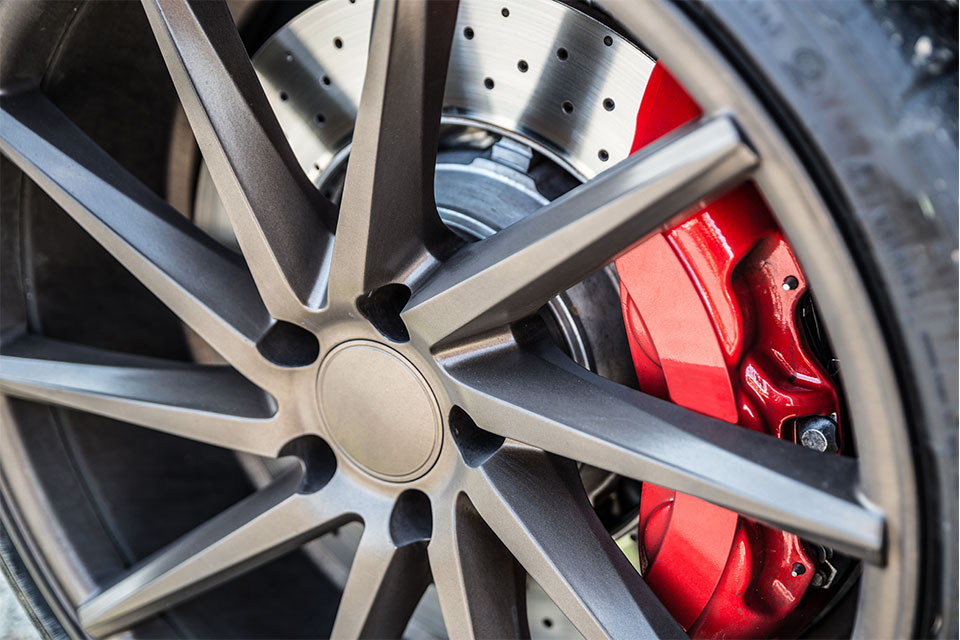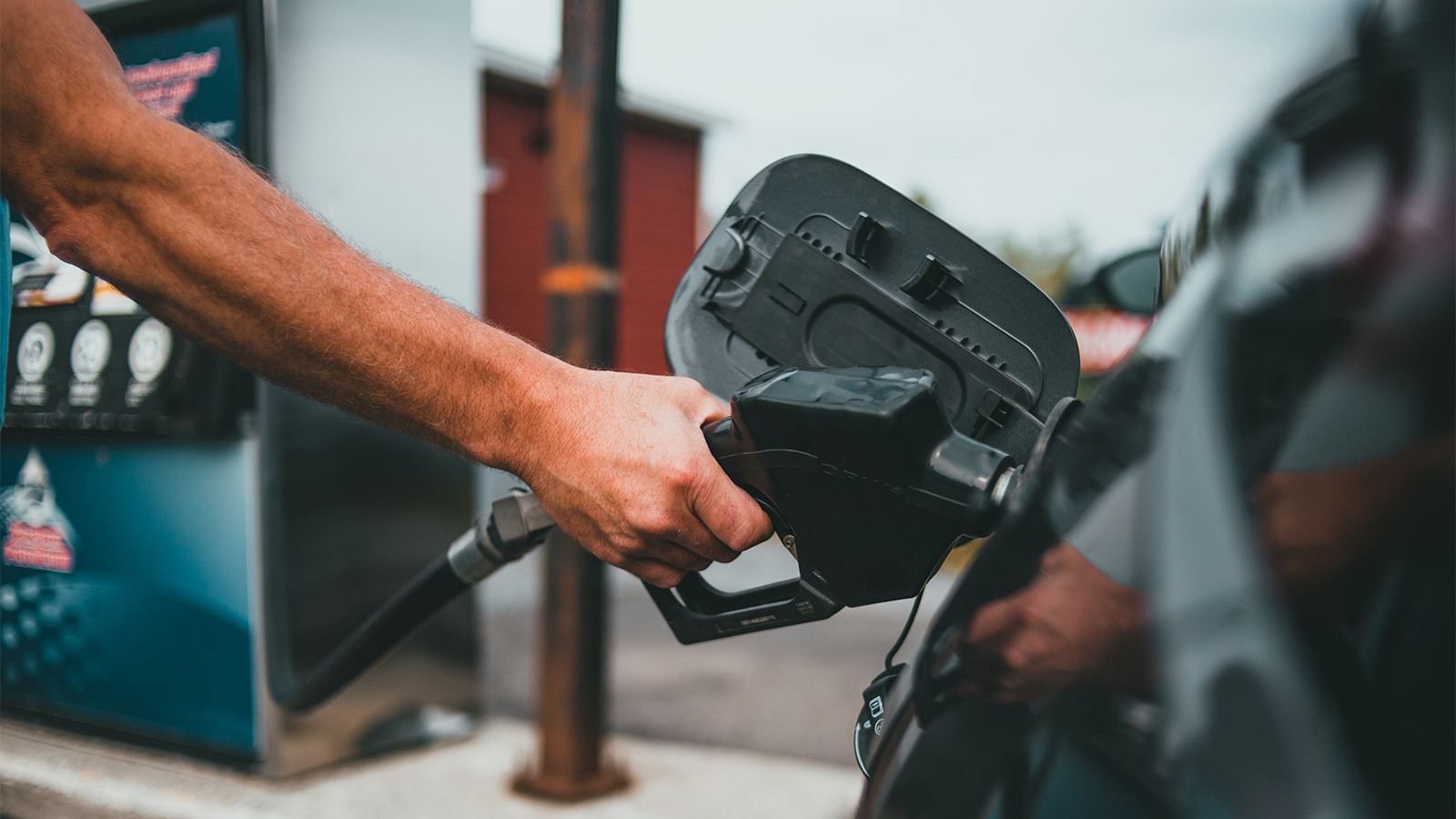After the '60s, power brakes were the preferred feature on most vehicles and usually came standard on newer cars. Then, starting in the '90s, anti-lock brakes (or ABS) came along. What's the difference, anyway? Let's break this down a little bit.

Power Brakes
When you step on the brake pedal, a couple of things happen. The brake pedal's strut is connected to a rod that goes into the vehicle's master cylinder, which is bolted to the firewall (or in the case of power brakes, is bolted to a vacuum booster, which is then bolted to the firewall).
The rod actuates the pistons in the master cylinder, which then force brake fluid through the lines. The brake fluid, in turn, actuates a piston at the brake caliper, which forces the brake pads against the rotor and slows the vehicle via friction, not unlike the hand brakes on a bicycle. Power brakes were developed for heavy vehicles during World War II, making them easier to slow and stop. The engine naturally generates a great deal of vacuum, and power brakes siphon off some of that vacuum from the engine and "store" it in a power-brake booster. When you step on the brake pedal, this vacuum is used to multiply the effort that your foot puts on the pedal, making braking easier and shortening stopping distances.
Another power brake design is called "hydroboost," which circulates power-steering fluid to a booster (pressurized by the power-steering pump). Hydroboost brakes actually generate more boost for braking effort than vacuum boost, making them a good choice for diesel engines, which don't inherently generate as much vacuum. They're also more space-efficient and are a good design for cramped engine compartments in vans or other vehicles.
Anti-Lock Brakes
Anti-lock braking systems were devised in the '50s and were originally developed for aircraft such as the Avro Vulcan. In an anti-lock braking system, sensors monitor the rotational speed of each wheel and send information in real time back to a processor. This processor uses a series of valves and pumps that proportion and meter braking effort and force to each wheel.
When a wheel shows signs of slowing down more than the others or is in the verge of locking up and skidding, the processor then reduces the hydraulic pressure in the brake line to that wheel. In a hard stop situation, especially on wet pavement, a locked-up wheel can result in a loss of control and a dangerous skid.
Like power brakes, anti-lock brakes were once considered an option but are now standard equipment on most new vehicles. When your ABS light on the dashboard lights up, it could mean a problem with one of the sensors or a trouble code in the computer, but ABS systems are usually robust and will last for the entire life cycle of the vehicle.








